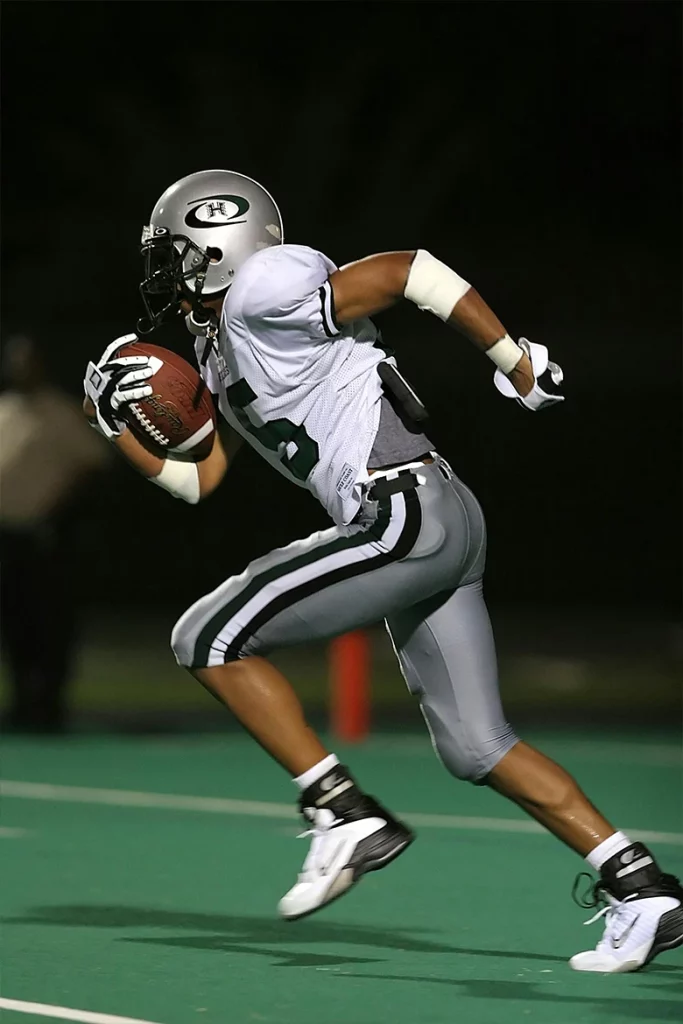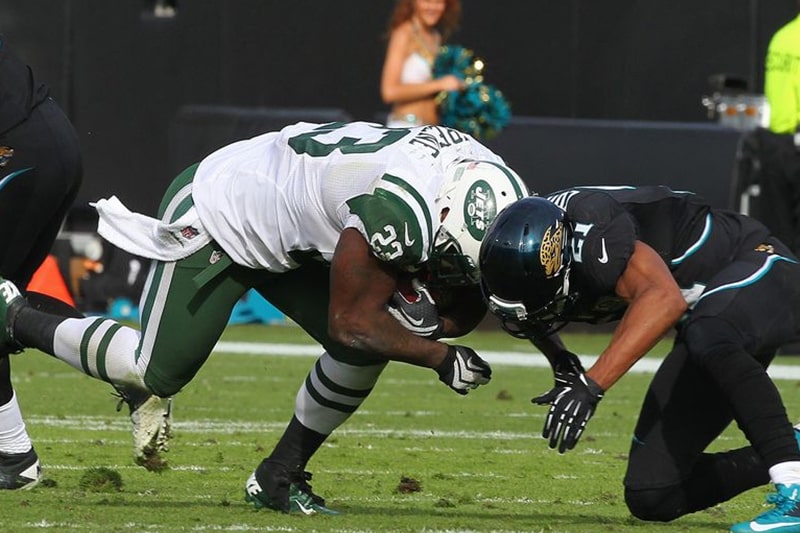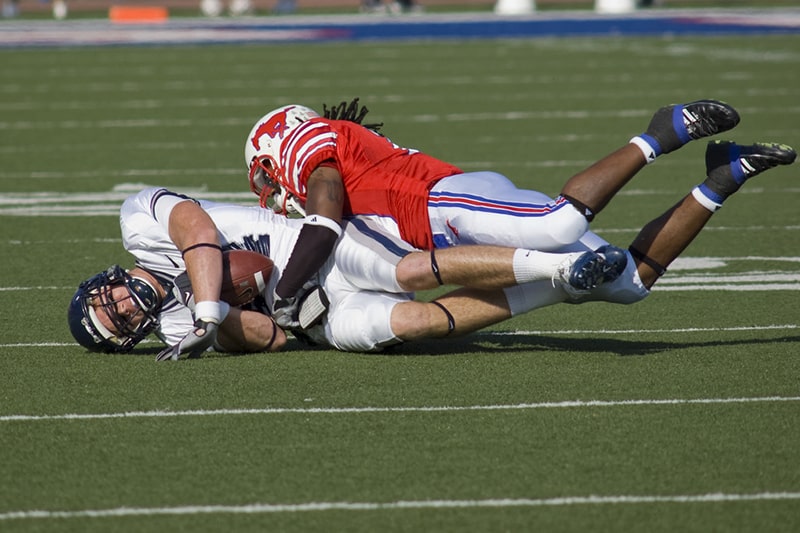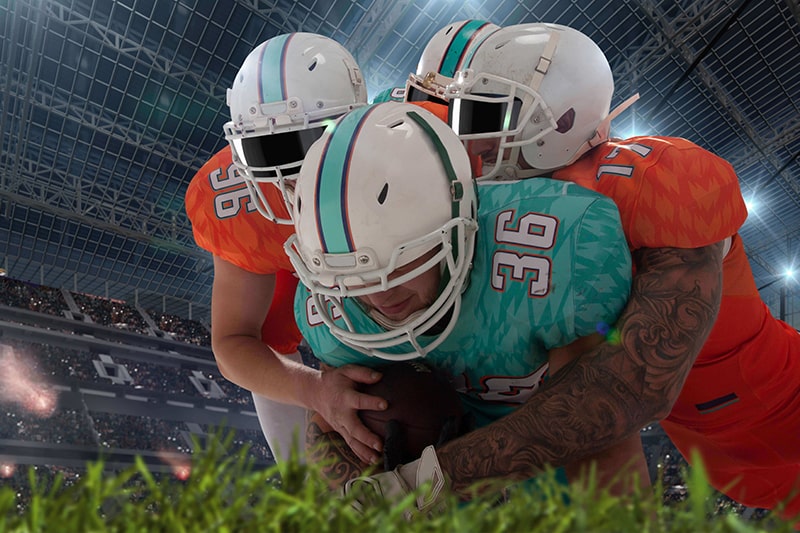Football Injury Reports
Latest NFL Injury Reports & Player Health Updates
Football injuries significantly impact both sports betting and fantasy football. Therefore, timely and accurate information is absolutely critical. To help with this, we provide the latest news on football injuries that could directly influence your decisions.
In addition, you can get detailed reports for all teams and every week of the season.
Latest Injury Reports
Stay informed with the most up-to-date football injury reports across the NFL. In fact, our real-time updates include official team releases, player statuses, and medical insights to help fans, fantasy managers, and bettors make smarter decisions. From game-time scratches to long-term injuries, we track everything — organized by team, position, and severity. Whether you’re setting a lineup or watching the waiver wire, this is your trusted source for injury news that truly matters. Moreover, we ensure you never miss a key update that could impact your strategy.
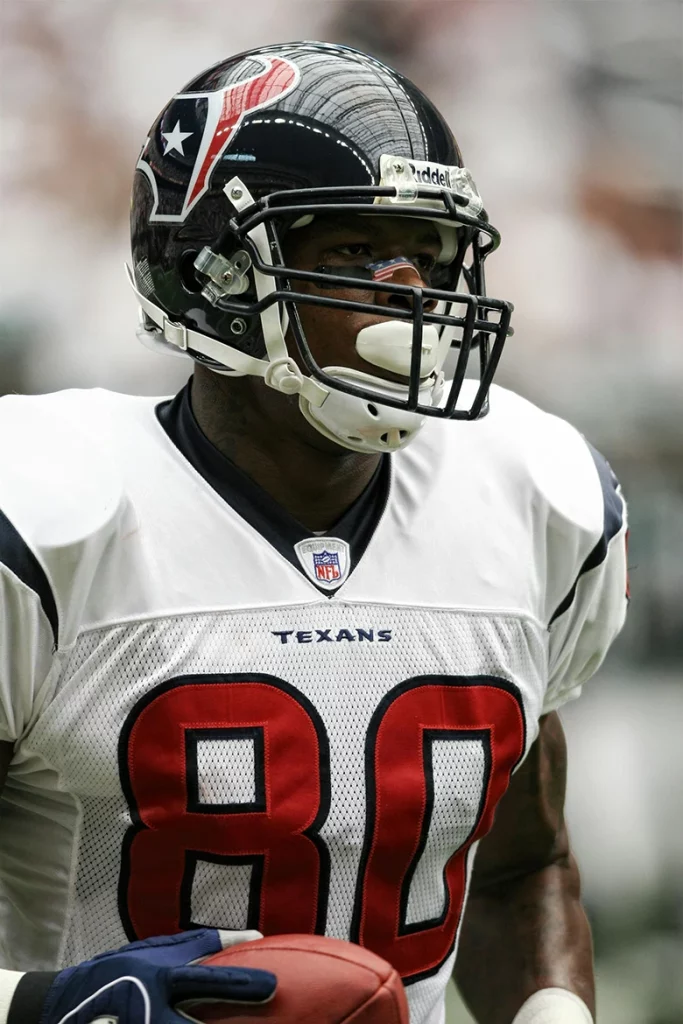
What About Us
At Football Injury Reports, we specialize in delivering accurate, timely, and data-driven updates on player health across the NFL. As a result, our mission is to provide fans, fantasy football managers, analysts, and bettors with comprehensive injury coverage that goes beyond basic listings. To achieve this, we aggregate verified information from official league and team sources, categorize injuries by severity, and offer visual dashboards, trends, and impact analysis.
Furthermore, with a strong focus on transparency and medical accuracy, our platform helps you stay informed, make smarter decisions, and better understand how injuries shape the game — both on and off the field.
Football Teams Injury Overview
Track how injuries are affecting each NFL team in real time. In this section, you’ll find a side-by-side comparison of every team’s current injury situation — including total injuries reported, active cases, and those classified as high impact. By providing this breakdown, we aim to give you a clear and immediate understanding of how injuries are shaping each roster week to week.
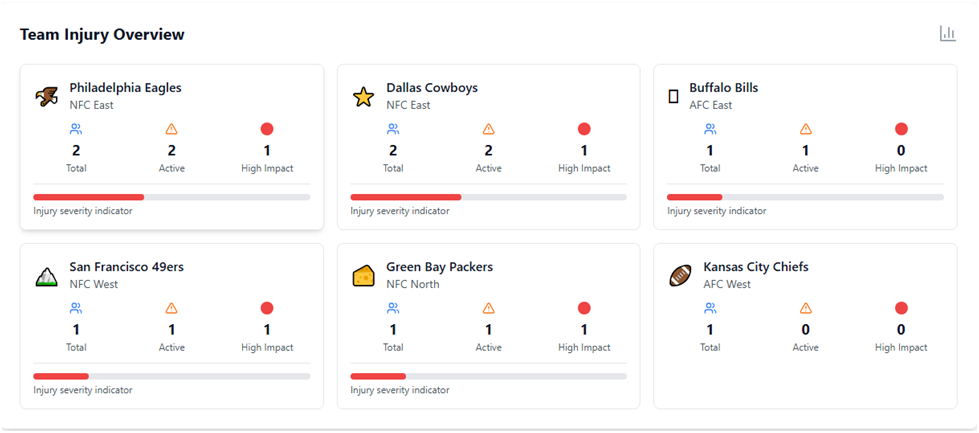
Types of Football Injuries
Football is a high-impact sport that places intense physical demands on the body. Because of the speed, frequent contact, and rapid directional changes involved, players are highly susceptible to a wide range of injuries. As a result, certain injuries occur more frequently than others. Below, we highlight the most common football injuries seen across all levels of play.

Knee Injuries
Knee injuries are among the most serious and frequently occurring injuries in football. For example, players often suffer from conditions such as ACL (anterior cruciate ligament) and MCL (medial collateral ligament) tears, as well as meniscus injuries.

Ankle Spains
Similarly, ankle sprains occur frequently due to quick pivots, tackles, and awkward landings. In particular, high ankle sprains can be especially troublesome and keep players sidelined for weeks.

Dislocations
Beyond the shoulder, players may suffer dislocations in the fingers, elbows, or knees. These injuries typically require immediate medical attention and can have long-term mobility implications.

Football Concussions
Football concussions are traumatic brain injuries caused by a sudden blow to the head during play. As a result, they can lead to symptoms like headaches, dizziness, confusion, and memory issues. Moreover, repeated concussions may result in long-term neurological damage if not properly managed.

Quad, Hamstring, and Groin Strains
Muscle strains are common in football due to sudden sprints, kicks, or changes in direction. They often cause pain, swelling, and limited mobility, requiring rest and physiotherapy for recovery.

AC sprains
An AC (acromioclavicular) sprain affects the shoulder joint, typically caused by a direct hit or fall. Depending on severity, it can lead to pain, swelling, and difficulty moving the arm.
Latest News
Stay ahead of every development with real-time coverage of NFL injury updates. Specifically, our full newsfeed compiles official team reports, league announcements, and verified insider updates — thereby giving you the most current information on player availability and health status across the league.
Latest Football Injury Reports
Get comprehensive, real-time updates on player injuries across the NFL. Specifically, our platform provides verified reports sourced directly from team releases and league announcements, highlighting injury type, status, and projected return timelines. Whether you’re a fan, fantasy manager, analyst, or sports bettor, our data-driven insights help you stay ahead of the game. Additionally, you can track injuries by team, position, and impact level to better understand how player health is influencing performance and outcomes league-wide.
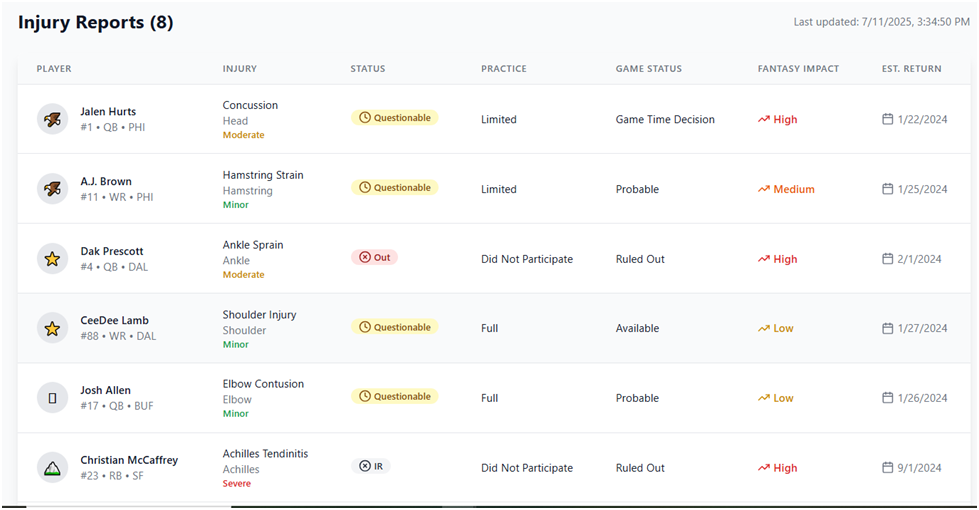
Causes the Most Injuries in Football?
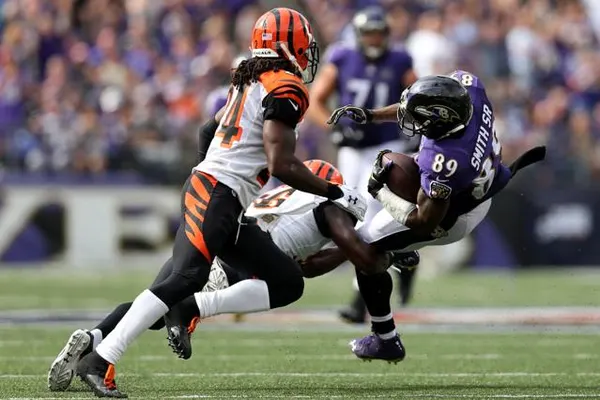
High-Impact Collisions
Tackling or being tackled is the leading cause of injury, resulting in concussions, dislocations, and fractures.
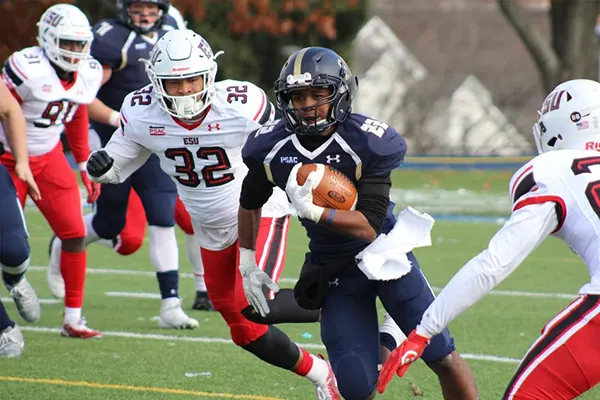
Sudden Changes in Movement
Quick cuts, acceleration, and deceleration place immense stress on soft tissues, therefore leading to muscle strains and ligament tears.
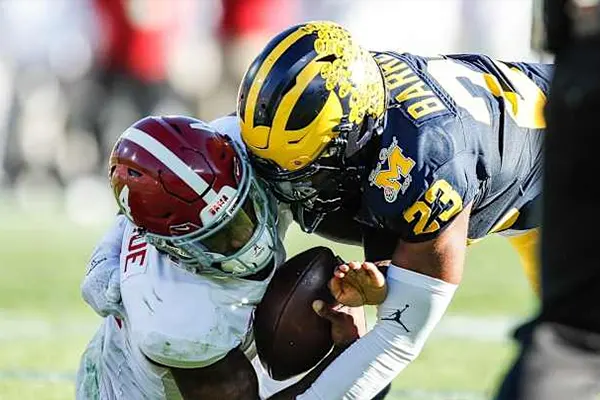
Fatigue
Furthermore, as players tire, form breaks down, increasing the risk of both contact and non-contact injuries, especially in the later stages of the game.
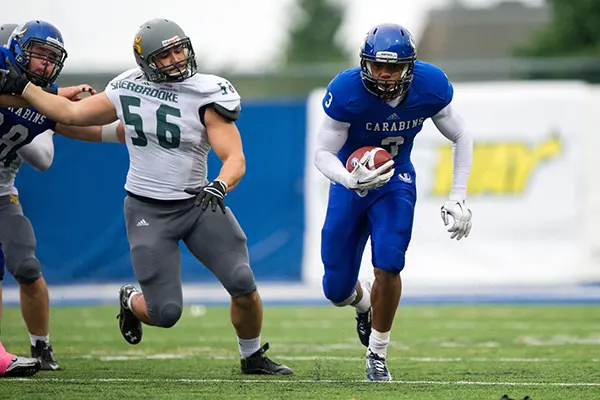
Improper Technique or Conditioning
Poor tackling form, lack of flexibility, or inadequate strength training can make players more injury-prone.
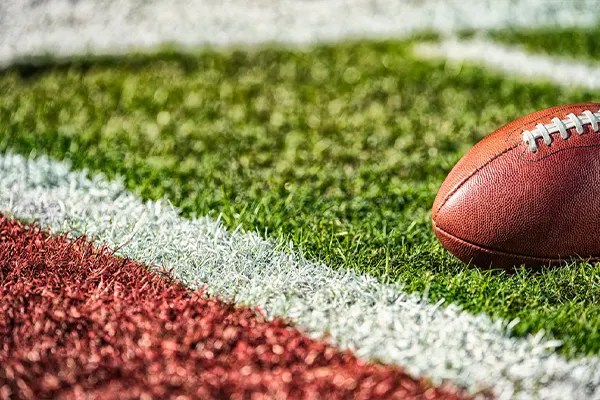
Surface Type (Turf vs. Grass)
Additionally, studies show that artificial turf may be linked to a higher rate of non-contact lower-body injuries compared to natural grass.
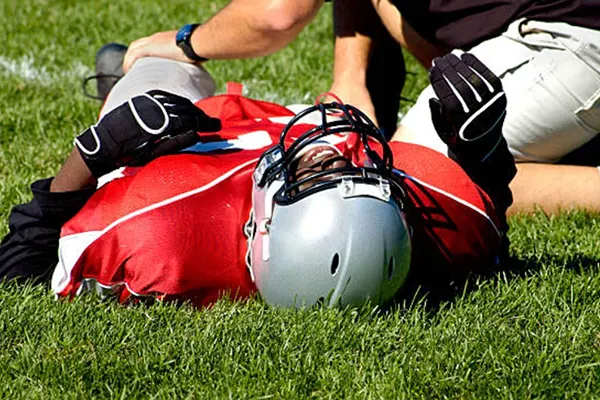
Lack of Recovery or Overtraining
Finally, short turnarounds between games, especially during high-volume weeks, reduce recovery time and increase susceptibility to injury.
